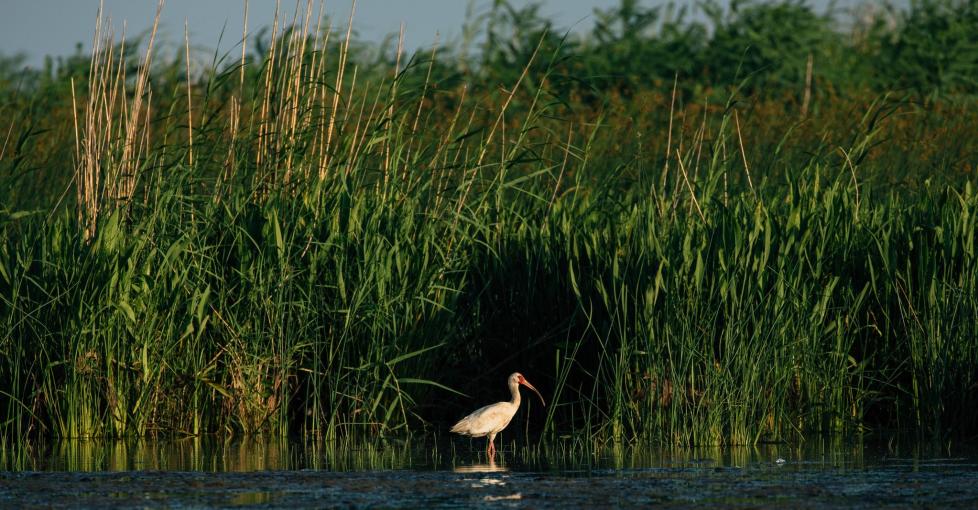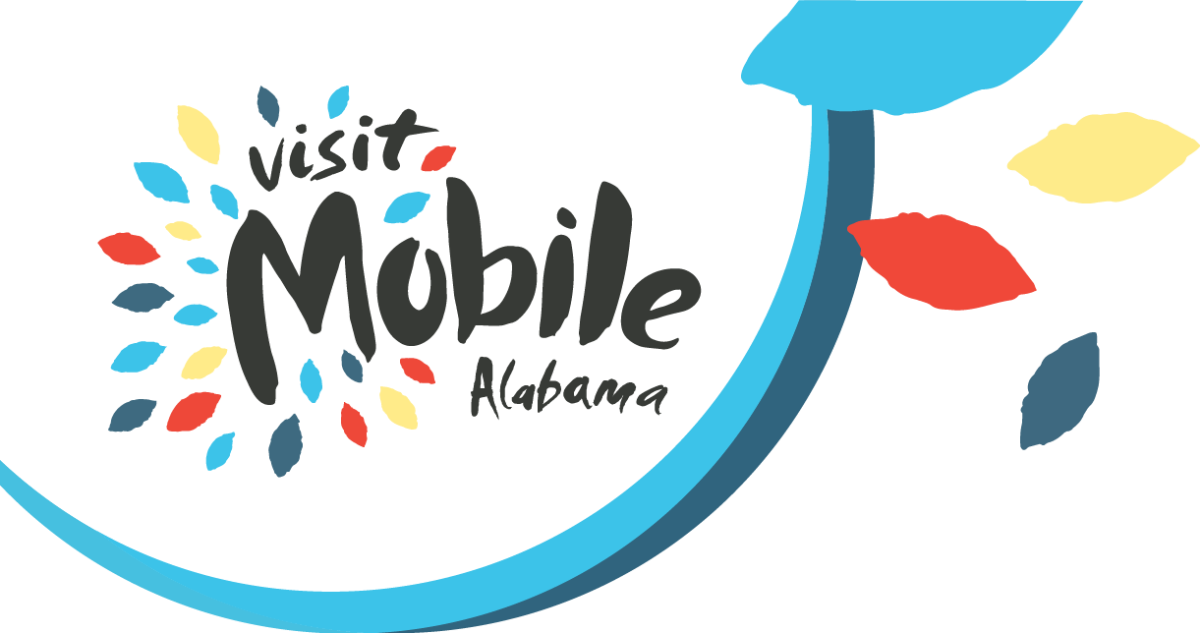
Heaven is the Mobile-Tensaw Delta when its mythical flower is in bloom.
From the middle of its namesake delta, the city of Mobile, Ala., looks like a mythical place: shiny skyscrapers framed by cattails and marsh grass, a city that reaches into a sky so vast it holds all the weather there is — bright sun and cottony clouds and pregnant thunderheads and torrential rain — and all at one time. From the middle of that magnificent delta, Mobile could be Atlantis rising from the sea or the Emerald City of Oz.
Weather is unpredictable on the Alabama coast in summertime. In February, when we planned this trip, my husband and I were hoping to arrive on a day that offered at least one two-hour window of clear skies, just long enough to get out on the Mobile-Tensaw Delta in Jimbo Meador’s flat-bottomed boat and see the American lotuses in bloom. By the time we actually arrived in mid-June, the forecast called for intermittent storms.
Standing next to his boat in a slip next to the Bluegill, a restaurant on the Battleship Parkway in Spanish Fort, Mr. Meador was studying his phone, toggling between weather apps. Each showed squalls arriving in an unpredictable pattern all day. “Let’s go on out,” he said. “Worst thing that could happen is we get struck by lightning in a beautiful place.”
He was joking, but the Mobile-Tensaw Delta is in fact an indescribably beautiful place. Encompassing roughly 300 square miles, it is the second-largest delta region in the United States, trailing only the far more famous Mississippi Delta. The Mobile-Tensaw watershed is fed by nine rivers carrying water from much of Alabama, as well as parts of Mississippi and Georgia. Its estuary ecosystem includes open water, marsh, swamp and bottomland hardwood forests. It serves as a home to some 67 rare species, many threatened or endangered. Designated a National Natural Landmark, it is also an important way station for migrating songbirds.
Read full article HERE


